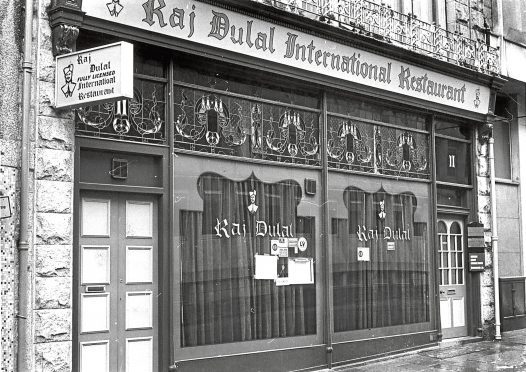A detective who played a leading role in securing Khan’s conviction said the rigorous work of his 70s predecessors helped bring the killer to justice.
Detective Superintendent Jim Smith said the “pristine” record keeping of the then Grampian Police investigators meant vital evidence could still be used.
He said the guilty verdict against Khan showed time was “no barrier to justice”.
But the judge in the case, Lord Beckett, demanded law enforcement authorities explain how the fugitive had been allowed to live in “unconstrained freedom” for so long.
Khan, who was at the centre of an intense manhunt after the discovery of the body, initially fled abroad, eventually arriving in his native Pakistan. But in the early 90s, he returned to the UK and was living in Cardiff until he was arrested as he tried to board a flight to Pakistan from Birmingham Airport last year,
Lord Beckett demanded prosecution lawyer Jane Farquharson explain why it took 39 years to bring Khan to justice.
“I want to know why it has taken 39 years for this matter to go to court, and why this person has been living in unconstrained freedom for so long,” he told her.
“I want to know as much as possible before I impose sentence in this case.”
She said she was unable to provide answers at this time, but added that prosecutors would find out ahead of sentencing, later this month.
DS Smith, of Police Scotland’s major investigation team, said: “I would like to pay tribute to the family of the victim, it’s a long time to wait for justice and hopefully today’s verdict will give them some closure after the death of their loved one in 1978.
“There were diligent inquiries back in 1978 and they continued right the way through until his arrest. Let’s be clear – time is no barrier to justice. Grampian Police retained the material we had to work with fantastically well, the statements were all pristine, and the productions were in a position where we could work with them and do some additional forensic work.
“Working closely with our colleagues in pathology and forensics, we were able to bring matters up to a standard where they could be presented to a court in 2017.”
Some of the evidence from previous investigations produced at the trial included a betting slip, which was found to have a fingerprint from Khan on it, and an image of Khan wearing a distinctive striped shirt.
The jury heard the same item of clothing was found stuffed behind a water tank following the murder.
